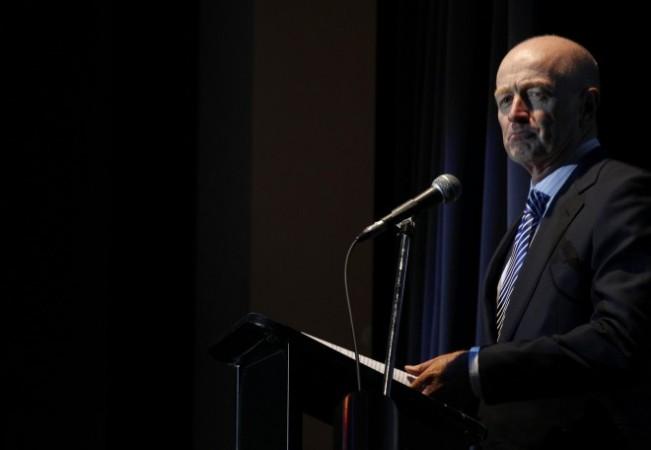
The Reserve Bank of Australia (RBA) validated on Tuesday analysts' forecast that the central bank would lower the overnight cash rate by 25 basis points to 3 per cent. It is the same rate of key lending rate in April 2009, the height of the global financial crisis.
RBA Governor Glenn Stevens said that although previous rate reduction was starting to be felt by the Australian economy, the RBA board opted to further ease monetary policy to help foster growth in demand and inflation outcomes.
Ahead of the RBA's decision, Prime Minister Julia Gillard urged Australian banks to pass in full the rate cut, which Treasurer Wayne Swan has been pushing but most lenders have failed to follow.
""It's very close to Christmas . . . we want to see families benefit from any interest rate reduction that flows today," Ms Gillard said in a statement.
However, the Australian Banker's Association hinted members would likely pocket some of the rate cuts.
"The Reserve Bank board takes into account what borrowers are actually paying in the marketplace for loans and what they are receiving on deposits when making their decision," ABA Chief Executive Steven Munchenberg said in a statement.
RateCity estimates borrowers with a $300,000 mortgage could save about $40 in monthly amortisations if the banks pass 20 basis points as they had done in the past RBA rate cuts.
Prior to the RBA announcement, analysts agree that the Reserve Bank of Australia (RBA) would cut on its Tuesday, Dec 4, policy board meeting the overnight cash rate by 25 basis points to 3 per cent.
Economic experts said the emergency rate reduction serves as a buffer against weaker commodity prices and a slowing economy. ABC had forecast a 93 per cent chance the rates would be cut with the soft outlook for the Australian economy, flat-line retail sales and drop in company profits.
Other indicators of the RBA rate cut are high unemployment rate and negative inflation rate.
"It is clear the economy is, in effect, treading water . . . Consumers are holding back on significant purchases," Brisbane Times quoted CommSec economist Savanth Sebastian.
"Interest rate cuts come in groups . . . Like cockroaches, there's hardly ever just one," added Bank of America Merrill Lynch chief economist Saul Eslake.
"The Reserve Bank cut in October, it held off in November, and now it knows it needs to do more. If it doesn't move on Tuesday it will have to wait two more months until its next scheduled meeting in February," Mr Eslake explained to Brisbane Times.
HSBC chief economist Paul Bloxham believes the December rate cut could possibly be the last for a while over inflation rate that is slightly higher than expectation.
"What we've seen since then is a run of slightly weaker data, slightly weaker wages data, and that does open the door for them to cut one more time. What we want to look out for is the next lot of inflation data, which we get in late January and there's a good chance that it'll be solid enough that the RBA might not want to go too much further," ABC quoted Mr Bloxham.
However, ABC business editor Peter Ryan said the high interest rate in the real world in the reason why the RBA may keep cutting into 2013. He pointed out that in April 2009 when the cash rate was 3 per cent, the average standard variable rate was 5.75 per cent. With the present 3.25 per cent key lending rate, the average standard variable rate is somewhat higher at 6.65 per cent.








